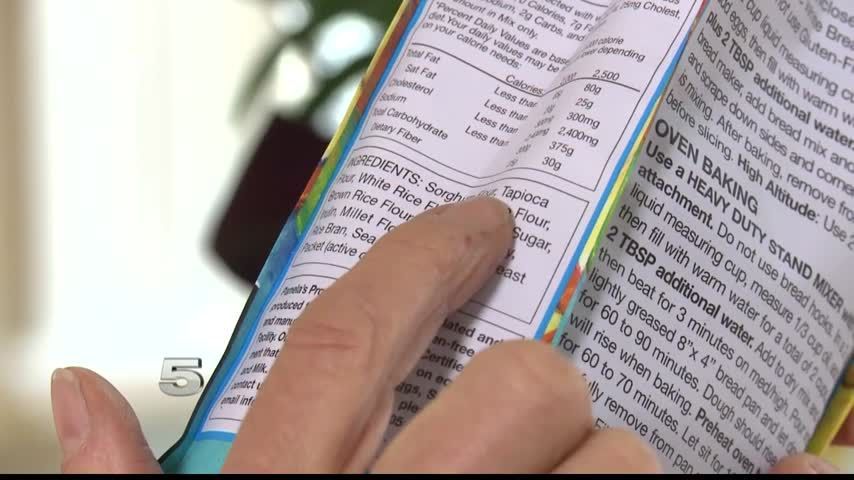Dietitian Highlights the Accuracy of Food Labels
WESLACO – When it comes to reading food labels, many of us look for keywords like multi-grain, organic, no sugar added or zero trans-fat.
These are buzzwords to attract consumers to purchase certain foods, but just how accurate are these claims?
Although the U.S. Department of Agriculture does define the words free-range, health.com reports there are no requirements for the duration, amount or quality of outdoor access for these animals.
So that “free to roam” chicken may really just be exposed to the outdoors for a very limited amount of time. And watch out for products labeled “fat-free”.
“Sometimes they have added sugars because of their liquids in the fat,” said Lucy Ponce, a registered dietitian for South Texas Health System. “So it’s very important to look if really, that’s a better option depending on your condition and what you’re looking for.”
While fat-free, sugar-free, zero trans-fat products may seem like a healthier option, Ponce said you need to look at the food labels.
There’s nothing wrong with going for the fat-free or no sugar added products. Health experts say they tend to be healthier in moderation, but it all comes down to portion control.
“Sometimes it’s not just about the calories. We have to look at the whole thing because sometimes we aren’t just looking at the serving sizes,” Ponce said.
Look out for the word “light.” Manufacturers have been known to refer to the flavor rather than the ingredients.
Also, “made with organic ingredients” just means 70 percent or more of all ingredients used were grown or processed without synthetic fertilizers or pesticides.
Many “gluten-free” products contain extra sugar and fat to make them tastier, and they may also be packed with extra salt as well.
Finally, “multigrain” means the food contains more than one type of grain, but these could be refined and stripped of their nutrients, making them just as bad as their bleached-white counterparts.
Experts say when you do check ingredient lists and nutritional information, watch out for serving sizes.
Food manufacturers have been known to list tiny, unrealistic serving sizes to make a product look low in fat or calories.




